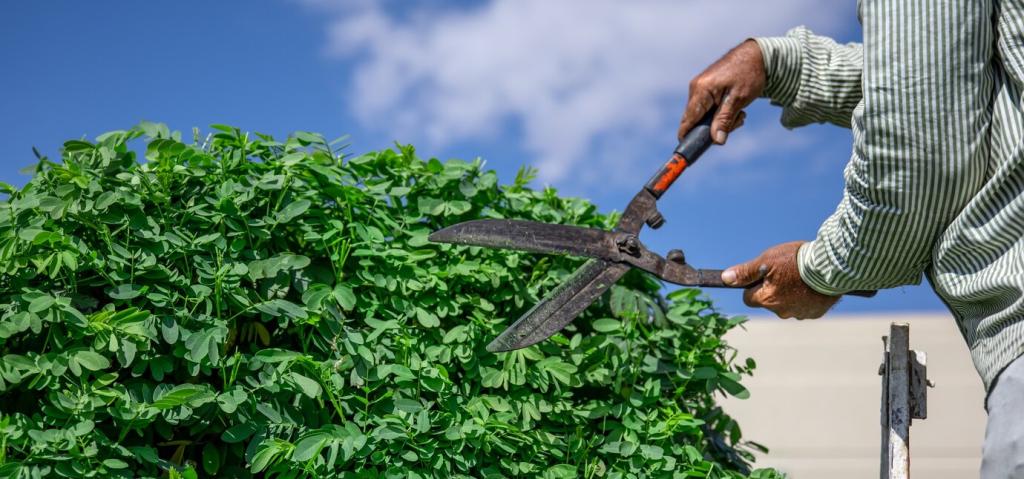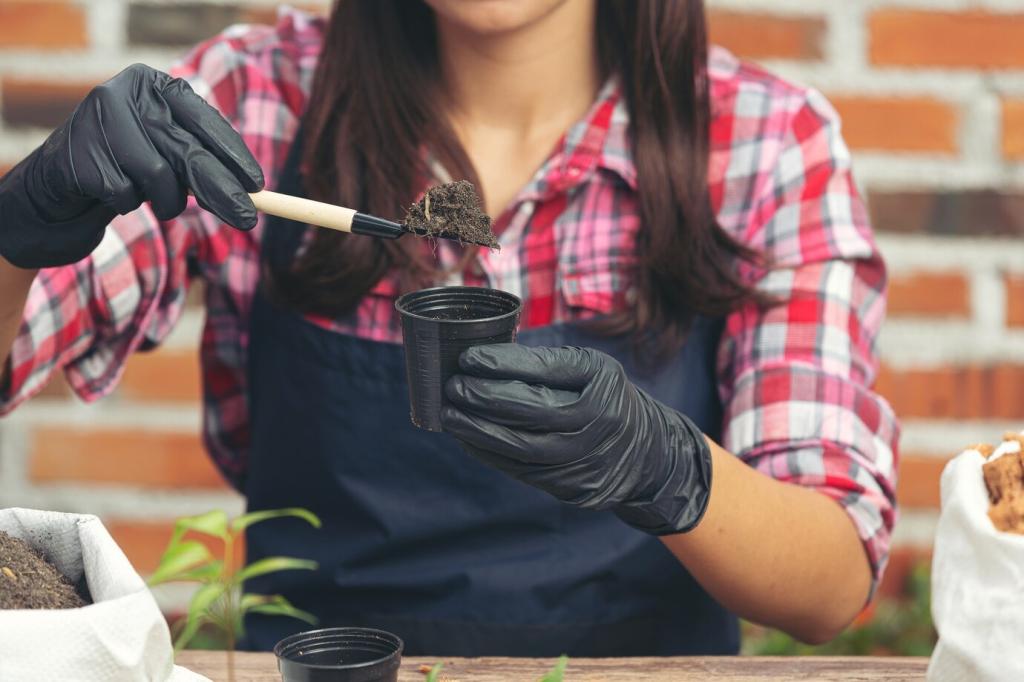Common Mistakes in Office Plant Care and How to Avoid Them
Proper care for office plants not only enhances the aesthetics of a workspace but also contributes to a healthier and more productive environment. Unfortunately, many well-intentioned plant owners make errors that can negatively impact plant health. Understanding these common mistakes and learning effective ways to prevent them will help keep your office greenery thriving all year round.

Overwatering and Underwatering
Each type of plant has specific requirements regarding how much and how often it should be watered. A major mistake is assuming that all plants need the same treatment, which can lead to overhydrated succulents or parched ferns. Taking the time to research or ask about the needs of your specific office plants is crucial. Understanding whether your plant prefers moist soil or needs time to dry out between waterings can make all the difference. This approach prevents the risk of both overwatering and underwatering, ensuring your plants get exactly what they need to thrive.
When choosing containers for office plants, people often prioritize appearance over function, forgetting about adequate drainage. Plants sitting in waterlogged soil can quickly succumb to root rot, which is difficult to reverse. Ensuring your pots have drainage holes and using well-draining soil helps prevent water from pooling at the roots. If decorative pots don’t come with drainage holes, consider keeping the plant in a nursery pot that can be slipped inside, or placing gravel at the bottom. Monitoring occasion moisture levels and pouring off excess water also plays a key role in maintaining healthy roots.
A common issue in offices is inconsistent or sporadic watering due to shared responsibility or shifting schedules. Sometimes a plant may be overwatered and then neglected for weeks, creating a cycle that stresses plants. To avoid this, establish a watering schedule, assign one or two dedicated caretakers, and use reminders or moisture meters if necessary. This consistency helps maintain steady soil moisture, ensuring plants aren’t subjected to droughts or floods and promoting steady, healthy growth.

Improper Lighting Conditions
Low natural light is a typical challenge in corporate environments, especially in windowless offices or interior spaces. Placing plants that need bright, indirect light too far from a window can cause them to become leggy, lose color, or stop growing. It is important to know your plant’s light preferences and seek out the brightest possible location within your workspace. If necessary, consider supplementing with artificial lights designed for plant growth, which can provide essential wavelengths of light to keep plants in less-than-ideal spots happy and healthy.

Neglecting Proper Feeding and Repotting
Forgetting to Fertilize
While soil contains nutrients, these are quickly depleted as a plant grows, especially in the confined environment of a pot. Forgetting to fertilize is a common oversight that leads to poor growth and pale leaves. Regularly using an appropriate fertilizer, whether liquid or slow-release, provides the essential nutrients for strong, lush plants. It is important to match the fertilizer to the plant species and growth cycle, feeding more during spring and summer when plants are actively growing, and less or not at all during their dormant period.
Keeping Plants Root-Bound
Plants outgrow their pots over time, with roots beginning to circle the container and restricting nutrient uptake. Root-bound plants become stressed and stop thriving, showing symptoms like wilting or leaf drop despite regular care. Routinely checking your plants for tight roots and repotting them into slightly larger containers with fresh soil will encourage new growth and vigor. Repotting doesn’t have to be frequent—once every couple of years may suffice, but it’s an important part of a long-term care plan.
Using the Wrong Soil
One-size-fits-all potting soil is not suitable for every kind of office plant. Some species, like succulents or orchids, need well-draining mixes, while others prefer moisture-retentive soil. Using inappropriate soil can cause water retention problems, nutrient imbalances, or even pest issues. Taking the time to research or ask about the best soil type for each plant, and periodically refreshing the soil when repotting, greatly increases the chances of success, supporting long-term plant health and minimizing stress.
Join our mailing list
